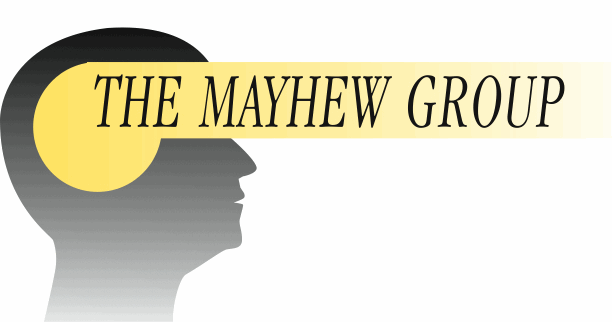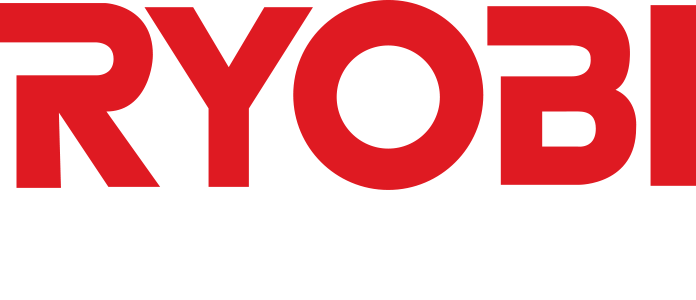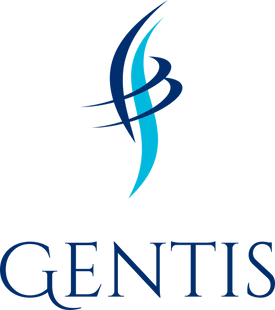Porter’s Five Forces model is essential for analyzing an industry’s competitiveness and developing strategy.
Understanding this model can provide critical insights into the landscape and dynamics of any workplace environment.
This guide will provide a comprehensive overview of Porter’s Five Forces, including definitions, background, key features, and real-world examples of how it applies in the workplace.
Supercharge Your Training Courses – A Special Offer From Oak Innovation
Definitions
Porter’s Five Forces Model: A framework for analyzing the level of competition within an industry and developing business strategy.
The five forces are: competitive rivalry, threat of new entrants, threat of substitutes, bargaining power of buyers, and bargaining power of suppliers.
Competitive Rivalry: The intensity of competition between established companies within an industry.
Background Overview of Porter’s Five Forces Model
Developed by Harvard professor Michael Porter in 1979, Porter’s Five Forces model identifies five distinct forces that determine the state of competition within an industry.
Understanding the relative strength of these forces can inform strategic decisions.
This model remains relevant today across industries and business environments.
Features and Benefits of Understanding Porter’s Five Forces
- Assesses industry competitiveness.
- Evaluate the attractiveness of new market opportunities.
- Informs profitability projections and investment decisions.
- Reveals sources of competitive pressure.
- Allows for the development of effective strategies.
Importance of Understanding Porter’s Five Forces Model
Porter’s Five Forces model provides crucial insights that support strategic planning and decision-making.
It enables assessing an industry’s long-term profit potential, evaluating competitors’ strengths and vulnerabilities, and identifying opportunities or threats.
This knowledge allows businesses to craft strategies that leverage their unique advantages.
Best Practice Tips from Porter’s Five Forces Model
- Analyze competitive rivalry within your industry.
- Identify potential new entrants and barriers to entry.
- Evaluate the threat of substitute products or services.
- Understand the bargaining power of suppliers and customers.
- Assess the impact of these forces on profitability.
- Leverage strengths and mitigate threats revealed by analysis.
- Seek ways to differentiate from competition.
- Focus on the most significant forces in your industry.
- Re-evaluate when industry or competitive dynamics shift.
- Use model insights to inform business-level strategy.
Examples of Porter’s Five Forces in the Workplace
- Fierce rivalry between competing social media platforms like Facebook, Instagram, and TikTok.
- There is a low threat of new entrants in commercial aviation due to high barriers to entry.
- Influential buyers like Walmart exert pressure on suppliers.
- Consumers are switching from cable TV providers to streaming services like Netflix.
- Shortage of software developers increasing their bargaining power for wages.
- Cloud services reducing customer reliance on enterprise IT vendors..
- Small specialty grocers are struggling to compete with large chains.
- Smartphones are replacing the demand for traditional digital cameras.
- Regulation creates high barriers for new pharmaceutical companies.
- The growing use of freelancers and contract work is expanding the labor pool.
In summary, Porter’s Five Forces model remains an indispensable tool for evaluating any industry, informing business strategy, and ultimately gaining a competitive advantage in the workplace.
Considering these forces allows executives to make better decisions and plan more effectively for future challenges and opportunities.
To discover more about how our training course materials can help you, please take a moment to review our corporate, employee, and leadership course material.




























































